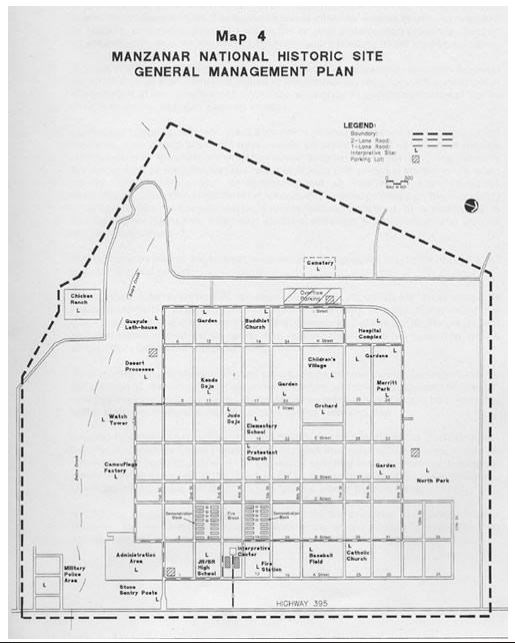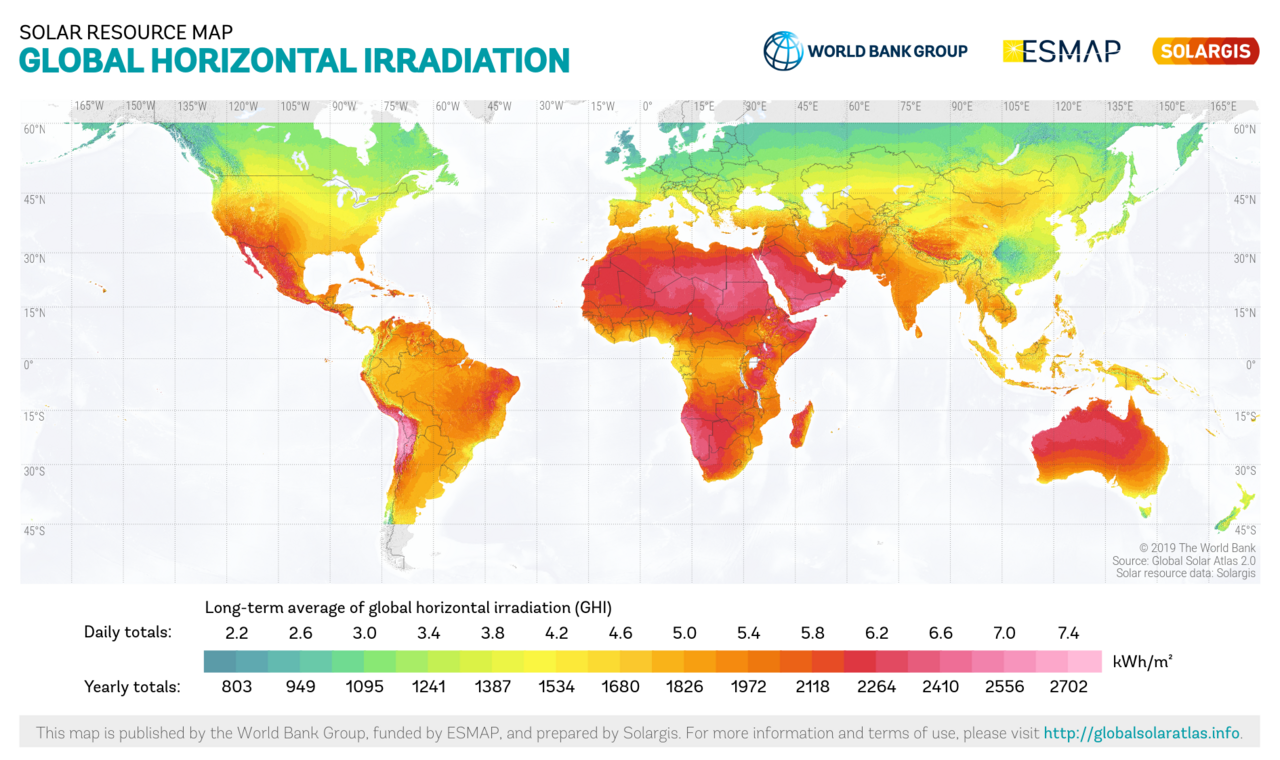Understanding and improving how employees perform is really important now. Companies that use performance mapping well are 30% more likely to do better than their rivals. Performance mapping isn't just a trendy term; it's a useful tool that helps connect what individuals want to achieve with what the company needs. In this guide, we'll look closely at performance mapping, with clear steps and techniques to help you get good at it. Whether you're a manager aiming to boost your team's work or an HR pro wanting to fine-tune performance reviews, this article gives you the insights you need. Let's see how performance mapping can create a more engaged, efficient, and successful team!
Understanding Performance Mapping in Modern Workplaces
What is Performance Mapping?
Performance mapping is about figuring out what makes a job tick. It involves identifying, documenting, and analyzing the activities, skills, and behaviors that contribute to job effectiveness within a company. This process provides a clear picture of each job's requirements and performance, aiming to streamline operations and align tasks with organizational goals.
While similar to competency mapping, performance mapping emphasizes evaluating employee strengths, skills, and behaviors crucial for specific roles. For instance, if a company aims to enhance customer service, it may:
- List out essential tasks.
- Pinpoint required skills such as communication.
- Connect these to metrics like customer satisfaction scores.
This approach helps fine-tune training and resource allocation.
Essential Elements of Performance Mapping
Analyzing Roles and Identifying Competencies
Key components include:
- Role Analysis: Understanding job duties and workflows.
- Competency Identification: Identifying essential skills and assessing current employee capabilities.

Integrating Performance Management Strategies
Performance mapping integrates the knowledge, skills, abilities, and personal traits that enhance employee performance and contribute to organizational success. It supports performance management by:
- Facilitating focused reviews based on competencies.
- Developing training programs aligned with overarching goals.

Step-by-Step Instructions for Mastering Performance Mapping
Define the Purpose and Scope of Performance Mapping
Set Clear Performance Mapping Goals
Performance mapping is all about setting clear goals to see how systems or employees are doing. Start by knowing what you want to achieve—like boosting productivity, finding training gaps, or making performance reviews smoother. For instance, you might aim to cut application response time by 20% next quarter. These goals keep you on track and ensure alignment with organizational priorities.
Establish Performance Mapping Timeframe and KPIs
Decide how often you'll check in on performance—quarterly, twice a year, or annually. Setting a timeline helps set realistic goals and track progress. You also need to pick the right KPIs, which should be SMART (specific, measurable, achievable, relevant, time-bound). Consider metrics like sales targets or customer satisfaction scores. These KPIs are your yardstick for measuring success and identifying areas for improvement.
Gather Relevant Data for Performance Mapping
Collect Comprehensive Performance Data
Gathering both numbers and narratives is key. Quantitative data provides hard facts, while qualitative insights from surveys or interviews reveal the human side. Together, they offer a comprehensive view. For example, system logs and user feedback can highlight areas of success or those needing improvement.

Leverage Performance Reviews and Feedback
Don’t overlook existing performance reviews and feedback. They’re invaluable for identifying skill gaps and understanding behavior. Review past appraisals and feedback from peers and clients. Managers and employees often provide insights that numbers alone can't capture.
Create a Visual Performance Map
Design Clear Performance Mapping Charts
Once you have your data, present it in a way that makes sense at a glance. Use charts or graphs that fit the data, like bar or line charts. Ensure everything is labeled for quick understanding.
Utilize Technology for Performance Mapping
Utilize tools like spreadsheets or HR software to create these visuals. Excel, Google Sheets, or HR software can help you craft detailed charts. Choose tools that match your team's technical skills and existing systems.
Align Performance Goals with Organizational Objectives
Connect Employee Goals to Company Objectives
It's crucial to ensure employees' goals align with the company's overarching objectives. This alignment keeps everyone moving in the same direction and illustrates how employees contribute to the bigger picture. Regularly review and adjust goals to maintain alignment, especially as priorities evolve.
Analyze and Interpret the Performance Map
Identify Top Performers and Support Needs
With your performance map ready, identify who’s excelling and who needs support. Recognizing high performers allows you to leverage their potential, while identifying those needing assistance helps you plan interventions.
Detect Performance Trends and Bottlenecks
Examine beyond individual performance to identify trends or bottlenecks. Are there common issues slowing things down? Some departments might require additional resources or training to improve.

Provide Continuous Feedback and Recognition
Facilitate Ongoing Feedback with Performance Map
Your performance map should be a living document, not a one-time effort. Use it in regular feedback sessions with employees to keep them engaged and on track.
Reward Achievements Based on Performance Mapping
Recognition is key for motivation. Use your map to identify who’s meeting their targets and find ways to reward them. This boosts morale and encourages a high-performance culture.
Support HR Decisions with Performance Mapping
Guide HR Decisions with Performance Insights
Leverage insights from your performance map to guide HR decisions like promotions or training needs. Understanding your team's strengths and weaknesses aids in future planning.
Craft Targeted Development Plans
Create development plans based on your map analysis. Focus on skills that align with organizational goals and offer training or mentorship to support growth.
Regularly Update the Performance Map
Keep Performance Map Updated
Keep your map up-to-date with regular tracking. This ensures it remains relevant and aligned with current goals and performance.
Ensure Performance Map Relevance
Make your map a central part of performance management. Use it to set goals, evaluate performance, and plan development initiatives.
Step 1: Setting Clear Performance Goals
Start by setting clear, measurable goals that align with your organization’s objectives. Collaborate with stakeholders to define these goals and ensure they're SMART. Communicate them clearly to everyone involved.
Step 2: Developing a Skills and Talent Mapping Matrix
Create a skills and talent matrix to assess where your team stands against job requirements. This aids in planning recruitment, training, and succession.
Step 3: Implementing Technology and Tools
Use technology to streamline your performance mapping. Choose tools that integrate seamlessly with your existing systems for easy implementation.
Step 4: Conducting Performance Assessments
Regular assessments provide data to update your map and guide development. Use a mix of self-assessments, peer reviews, and manager evaluations.
Step 5: Providing Continuous Feedback and Development
Keep the feedback loop open. Use your map to guide discussions and set development goals with employees.
Step 6: Analyzing Data and Adjusting Strategies
Regularly analyze your data to identify trends and opportunities for improvement. Use these insights to adjust strategies and remain agile.
By following these steps, you can enhance your workforce's capabilities and align goals for continuous improvement. Performance mapping aids in decision-making and planning, ultimately leading to success.
For further reading, check out these resources:
- Performance Mapping Introduction
- HR Glossary: Performance Map
- Business Process Mapping
- Competency Mapping for Performance Management
- Brendan Gregg's Methodology
- Asana Process Mapping
Advanced Performance Mapping Techniques
Integrating Organizational Network Analysis for Enhanced Performance
Organizational Network Analysis (ONA) offers a unique lens through which you can observe the communication and collaboration patterns within your company. By identifying key influencers and potential bottlenecks, ONA provides a comprehensive view of information flow.
[Summary] ONA helps in understanding how informal networks and team interactions impact company performance and decision-making.
When ONA is integrated into performance mapping, it becomes clear how team interactions and informal networks influence overall performance and decision-making. Advanced tools that handle complex data in real-time facilitate the seamless integration of ONA data into your existing systems.
Example: A company could leverage ONA alongside real-time tools to uncover communication bottlenecks that hinder project progress, enabling targeted interventions to enhance teamwork and improve outcomes.
Leveraging Real-Time Feedback Tools for Performance Optimization
In today's fast-paced environments, real-time feedback tools are indispensable. These tools continuously gather data and deliver instant insights, employing advanced techniques to present up-to-date performance metrics. By incorporating spatial and temporal data, companies can swiftly identify patterns, such as peak activity times or potential challenges.
[Summary] Real-time feedback tools allow companies to quickly adapt by identifying trends and challenges through continuous data monitoring.
Example: Consider a retail chain utilizing real-time feedback tools to monitor customer flow and employee actions. This enables the chain to dynamically adjust resources, thereby optimizing efficiency.
For further reading, explore the following resources:
FAQ
Integrating AI into Your Performance Management System
To bring AI into your performance management setup, start by using machine learning to analyze employee data. This can provide predictions and tailored growth advice. Tools like Gradio are excellent for showcasing and utilizing AI models with your team. They enhance engagement and simplify the integration of real-time feedback. Imagine using Gradio to build a dashboard that displays employee performance data, providing managers with clear, actionable insights in an interactive format.
Top Tools for Real-Time Feedback and Performance Tracking
For improved real-time feedback and tracking, select tools that seamlessly integrate with your current communication systems. These tools should continuously collect and display data, streamlining feedback and monitoring processes. Network management tools, such as FortiManager CLI, illustrate the utility of command-line interfaces for delving into detailed performance data.
Leveraging Organizational Network Analysis for Enhanced Performance Reviews
Organizational network analysis (ONA) examines how individuals communicate and connect within a company, identifying key players and potential obstacles in teamwork. This approach leads to more accurate performance reviews. With ONA, managers can identify who is essential in disseminating information and collaborating, allowing them to evaluate performance with a broader perspective. It’s not just about individual contributions, but how each person fits into the larger organizational context. This method fosters a more connected and effective team.
